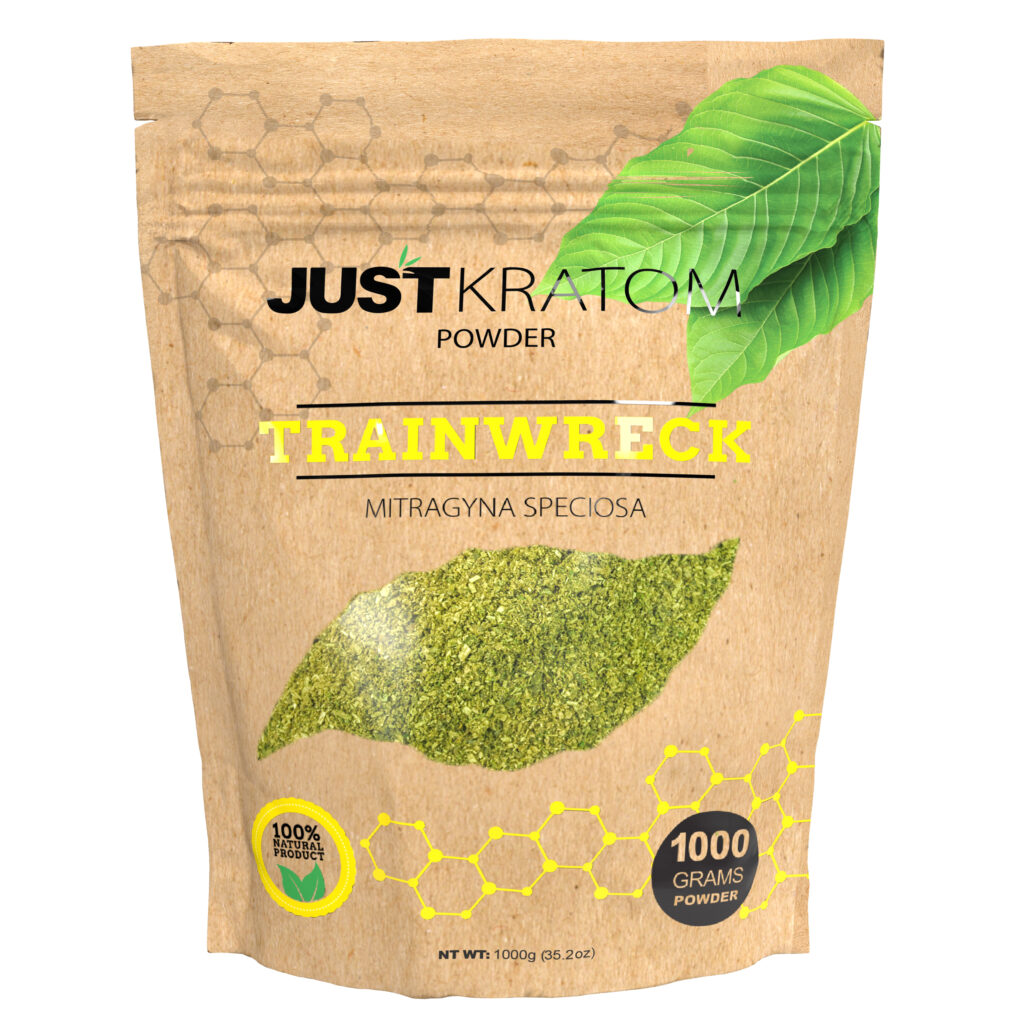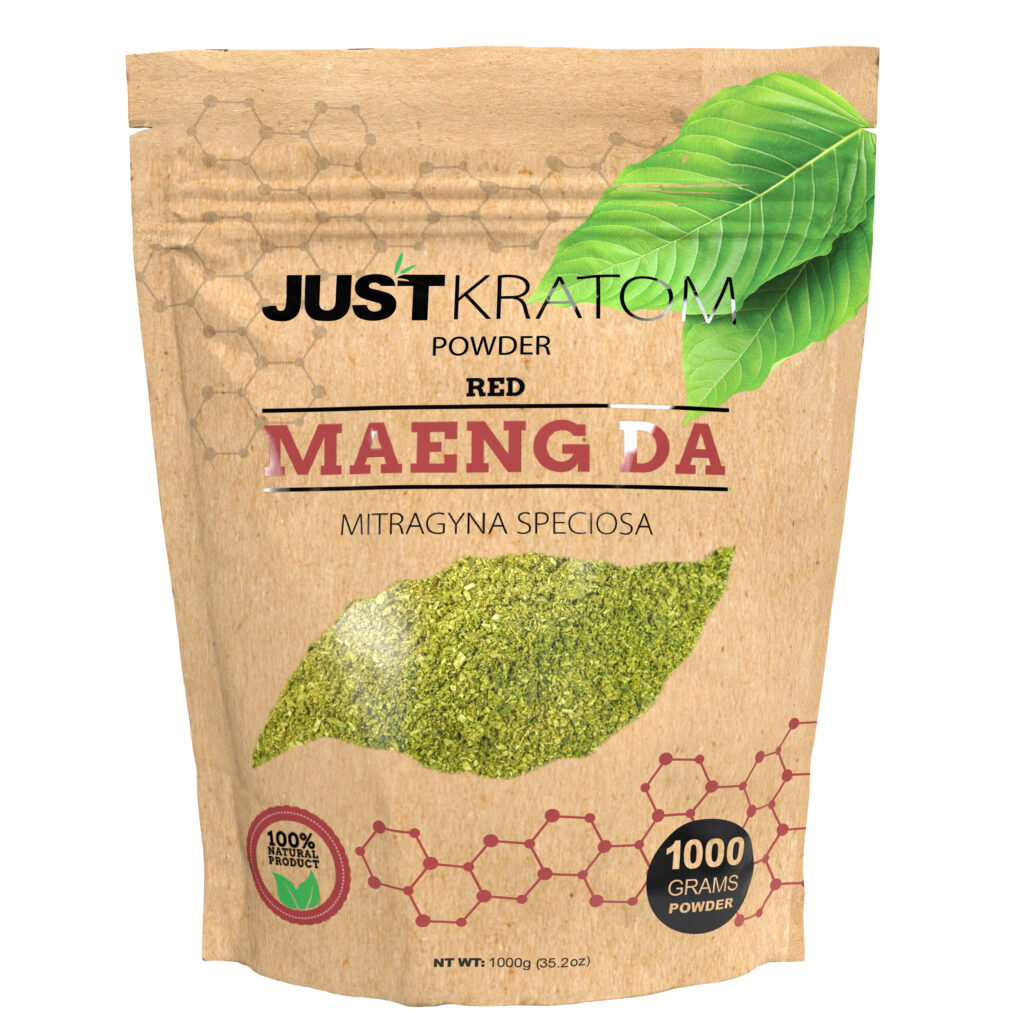How Kratom Powder Helps With Energy And Focus
How Kratom Affects the Brain
Kratom, a tropical tree native to Southeast Asia, has gained popularity for its purported ability to enhance energy and focus. The effects stem from kratom’s active compounds, mitragynine and 7-hydroxymitragynine, which interact with opioid receptors in the brain. These interactions trigger a cascade of changes, impacting neurotransmitters like dopamine and serotonin, leading to the observed energizing and cognitive-boosting effects.
Effects on Dopamine
Kratom’s impact on the brain is primarily mediated through its interaction with opioid receptors. Mitragynine and 7-hydroxymitragynine, the active alkaloids in kratom, bind to these receptors, mimicking the actions of opioids like morphine. This binding activates a series of downstream effects, influencing neurotransmitter systems crucial for energy and focus.
One key neurotransmitter affected by kratom is dopamine. Dopamine plays a vital role in regulating motivation, reward, pleasure, and alertness. Kratom stimulates dopamine release in specific brain regions, leading to feelings of euphoria and increased energy. This dopamine surge contributes to the perceived “energizing” and “focus-enhancing” effects often reported by kratom users.
Interaction with Opioid Receptors
Kratom’s active compounds, mitragynine and 7-hydroxymitragynine, exert their effects primarily by binding to opioid receptors in the brain. These receptors are responsible for mediating the effects of opioid drugs like morphine.
By mimicking the action of opioids, kratom triggers a cascade of events that influence neurotransmitter systems associated with energy and focus. One crucial neurotransmitter affected is dopamine, which plays a vital role in regulating motivation, pleasure, reward, and alertness.
Kratom stimulates the release of dopamine in specific brain regions, leading to feelings of euphoria and increased energy, contributing to the perceived “energizing” and “focus-enhancing” effects experienced by users.

Benefits for Energy Levels
In a world where sustained energy and focus are often elusive, kratom has emerged as a potential solution. This tropical tree, native to Southeast Asia, contains active compounds that interact with opioid receptors in the brain, leading to a range of cognitive and energizing effects.
Increased Alertness
Kratom’s impact on energy levels is attributed to its stimulation of dopamine release. Dopamine is a neurotransmitter responsible for regulating motivation, pleasure, reward, and alertness. By increasing dopamine levels in specific brain regions, kratom creates feelings of euphoria and heightened energy, contributing to the perception of increased alertness.
The interaction with opioid receptors also plays a role in enhancing focus. These receptors are involved in pain modulation and cognitive function. Kratom’s active compounds mimic the effects of opioids, potentially influencing brain activity in ways that promote concentration and mental clarity.
Reduced Fatigue
Kratom’s ability to enhance energy levels is primarily linked to its influence on dopamine. Dopamine is a neurotransmitter crucial for regulating motivation, pleasure, reward, and alertness. Kratom stimulates the release of dopamine in specific brain areas, leading to feelings of euphoria and increased energy, contributing to the perception of enhanced alertness.
Additionally, kratom’s interaction with opioid receptors may contribute to improved focus. These receptors play a role in pain modulation and cognitive function. By mimicking the effects of opioids, kratom may influence brain activity in ways that promote concentration and mental clarity.

Improved Motivation
Kratom’s impact on energy levels is primarily linked to its influence on dopamine. Dopamine is a neurotransmitter crucial for regulating motivation, pleasure, reward, and alertness. Kratom stimulates the release of dopamine in specific brain areas, leading to feelings of euphoria and increased energy, contributing to the perception of enhanced alertness.
Additionally, kratom’s interaction with opioid receptors may contribute to improved focus. These receptors play a role in pain modulation and cognitive function. By mimicking the effects of opioids, kratom may influence brain activity in ways that promote concentration and mental clarity.
Benefits for Focus and Concentration
In our fast-paced world, maintaining focus and energy can be a constant challenge. Kratom, an increasingly popular natural substance, is gaining recognition for its potential to enhance both.

Enhanced Cognitive Function
Kratom’s effects on cognitive function are largely attributed to its interaction with opioid receptors in the brain. These receptors play a crucial role in modulating pain perception, reward pathways, and cognitive processes.
The active compounds in kratom, mitragynine and 7-hydroxymitragynine, bind to these receptors, triggering a cascade of events that influence neurotransmitter systems associated with focus and alertness.
By modulating dopamine release, kratom enhances motivation, attention, and mental clarity. Dopamine is a neurotransmitter crucial for regulating focus, reward, and pleasure.
Reduced Mental Fog
Kratom’s interaction with opioid receptors in the brain plays a significant role in its potential to improve focus and concentration.
These receptors are involved in pain modulation and cognitive function, and kratom’s active compounds mimic the effects of opioids, potentially influencing brain activity in ways that promote mental clarity.
Additionally, kratom stimulates the release of dopamine, a neurotransmitter essential for regulating motivation, attention, and alertness. Increased dopamine levels can contribute to a sense of enhanced focus and concentration.
Improved Attention Span
In a world demanding sustained focus and energy, kratom has emerged as a potential solution.
- Kratom’s impact on energy levels is primarily linked to its influence on dopamine. Dopamine is a neurotransmitter crucial for regulating motivation, pleasure, reward, and alertness. Kratom stimulates the release of dopamine in specific brain areas, leading to feelings of euphoria and increased energy.
- Additionally, kratom’s interaction with opioid receptors may contribute to improved focus. These receptors play a role in pain modulation and cognitive function. By mimicking the effects of opioids, kratom may influence brain activity in ways that promote concentration and mental clarity.
Dosage and Usage Tips
When considering kratom for energy and focus enhancement, understanding dosage and usage tips is crucial. Proper administration ensures optimal effects while minimizing potential adverse reactions.
Finding the Right Dosage
Starting with a small dose is recommended to gauge individual tolerance and response. A typical starting dose for energy and focus enhancement is between 2 and 5 grams of kratom powder.
It’s important to listen to your body and adjust the dosage accordingly. If desired effects are not achieved with the initial dose, a gradual increase can be considered, but it’s essential to avoid exceeding safe limits.
The effects of kratom can vary depending on factors such as individual metabolism, body weight, and strain of kratom used. It’s crucial to experiment and find the dosage that works best for you.
Different Kratom Strains for Energy and Focus
Dosage and usage tips are essential for maximizing the benefits and minimizing potential risks associated with kratom use for energy and focus. Begin with a low dose of 2-5 grams of kratom powder and gradually increase it as needed, observing your body’s response.
The effects of kratom can vary significantly based on individual factors such as metabolism, weight, and the specific strain used. It’s crucial to find the optimal dosage that provides desired results without causing adverse effects.
Different strains of kratom offer distinct profiles regarding energy and focus enhancement. Green vein kratom is often favored for its stimulating properties, promoting alertness and mental clarity.
White vein kratom tends to have a stronger energizing effect compared to green vein, with a longer-lasting impact on focus. Red vein kratom, on the other hand, is known for its more sedative qualities and may not be as suitable for achieving sustained energy levels.
Experimenting with different strains can help you determine which best suits your individual needs and preferences for enhancing energy and focus.
Proper Preparation and Consumption Methods
When considering kratom for energy and focus enhancement, understanding dosage and usage tips is crucial. Proper administration ensures optimal effects while minimizing potential adverse reactions.
Starting with a small dose is recommended to gauge individual tolerance and response. A typical starting dose for energy and focus enhancement is between 2 and 5 grams of kratom powder.
It’s important to listen to your body and adjust the dosage accordingly. If desired effects are not achieved with the initial dose, a gradual increase can be considered, but it’s essential to avoid exceeding safe limits.
The effects of kratom can vary depending on factors such as individual metabolism, body weight, and strain of kratom used. It’s crucial to experiment and find the dosage that works best for you.
Dosage and usage tips are essential for maximizing the benefits and minimizing potential risks associated with kratom use for energy and focus. Begin with a low dose of 2-5 grams of kratom powder and gradually increase it as needed, observing your body’s response.
The effects of kratom can vary significantly based on individual factors such as metabolism, weight, and the specific strain used. It’s crucial to find the optimal dosage that provides desired results without causing adverse effects.
Different strains of kratom offer distinct profiles regarding energy and focus enhancement. Green vein kratom is often favored for its stimulating properties, promoting alertness and mental clarity.
White vein kratom tends to have a stronger energizing effect compared to green vein, with a longer-lasting impact on focus. Red vein kratom, on the other hand, is known for its more sedative qualities and may not be as suitable for achieving sustained energy levels.
Experimenting with different strains can help you determine which best suits your individual needs and preferences for enhancing energy and focus.
Potential Side Effects and Risks
While kratom is often touted for its potential benefits in boosting energy and focus, it’s important to be aware of the potential side effects and risks associated with its use. These can range from mild discomfort to more serious health issues depending on dosage, individual sensitivity, and other factors.
Gastrointestinal Issues
Kratom can cause a range of gastrointestinal issues, including nausea, vomiting, diarrhea, and constipation. These side effects are often dose-dependent, meaning that higher doses are more likely to cause gastrointestinal distress.
Some individuals may experience these symptoms even at low doses. It’s important to start with a small amount of kratom and gradually increase the dose as tolerated.
Staying hydrated is crucial when using kratom, as it can contribute to dehydration.
Cardiovascular Concerns
While kratom shows promise for enhancing energy and focus, potential side effects and cardiovascular concerns must be carefully considered.
One notable risk is the potential for cardiovascular issues. Kratom can increase heart rate and blood pressure, which may be problematic for individuals with pre-existing heart conditions or hypertension. It’s crucial for people with cardiovascular concerns to consult with a healthcare professional before using kratom.
Other side effects include nausea, vomiting, diarrhea, constipation, itching, sweating, dizziness, and headache. These can vary in intensity depending on dosage and individual sensitivity.
Long-term effects of kratom use are not fully understood, and there is concern about the potential for dependence and withdrawal symptoms.
Addiction and Dependence Potential
Kratom’s interaction with opioid receptors carries the risk of dependence and addiction. While research on kratom addiction is ongoing, individuals who misuse kratom or use it in high doses for prolonged periods may develop a physical or psychological dependence. Withdrawal symptoms can occur when kratom use is discontinued abruptly and may include anxiety, irritability, insomnia, muscle aches, and nausea.
It’s important to note that kratom is not currently regulated by the U.S. Food and Drug Administration (FDA). This means that there is limited quality control over the products available on the market. Users should be cautious about the source of their kratom and avoid products from unreliable suppliers.
Individuals with pre-existing medical conditions, such as liver or kidney disease, mental health disorders, or substance use disorders, should exercise extreme caution when considering kratom use, as it may exacerbate these conditions. Consultation with a healthcare professional is strongly advised before using kratom.
Kratom Powder for wellness – Order now
- What Is The Lifespan Of Radiesse? - May 25, 2025
- Nu-Derm Skin System Near Horley, Surrey - May 25, 2025
- Vista Edge Vape Vs Vessel Vista: Which One Should You Choose? - May 24, 2025